20 Types of Drills to Bore the Perfect Hole for Your Project
Author: Omar Alonso | Editor: Omar Alonso
Review & Research: Jen Worst & Chris Miller
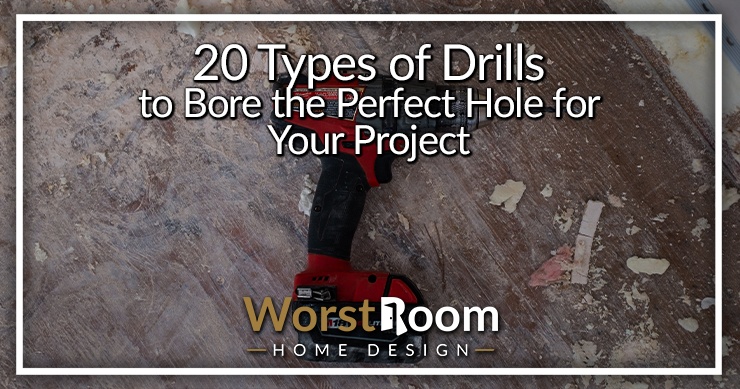
Thinking of buying any types of drills can seem like the simplest thing in the world—this humble tool is commonly available and among the most widely used in the world.
However, the challenge begins when you begin to shop for one—that’s when you realize just how many different types of drills there are.
Without any exaggeration, there are hundreds of different drills—quite an overwhelming number. Don’t let confusion drill a hole into your brain, though.
20 Types of Drills
Whether this is your first drill or yet another one to add to the collection, here’s a handy guide on picking out the right type of drill for all your screw fastening and hole making.
Core Drills
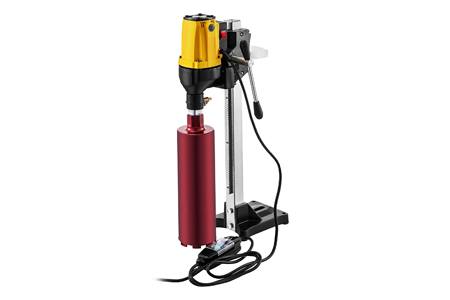
Core drills are the go-to option when you need to drill (and we mean 5-inch-diameter drill) through concrete.
This drill is among the most powerful, featuring a large motor that, in some models, is attached to a frame for steady drilling purposes.
The drill works by creating a cylindrical bit—a core—that can be removed instead of creating a huge hole, giving you a precise circle. This drill can’t be used to drive, hammer or chip, though.
Hammer Drills
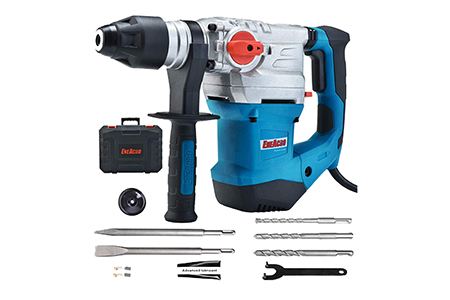
Also known as hammer drill drivers, these are heavy-duty drills, designed similarly as drill drivers, with the exception of an added hammer mechanism.
This mechanism works to push the bit out and in, while the motor spins it, resulting in a chipping/hammering motion.
With a hammer drill, you can drive, hammer drill or just drill, so you’re getting the best of both hammering and drilling by simply turning off the hammering feature. Hammer drills make quick work of wood, plastic, concrete and metal, making them a staple in many toolboxes.
For something like masonry or concrete, using the hammering functionality of a hammer drill allows the chuck to push the bit back and forward (in a hammering motion) can help get through these tough materials.
You can use these types of drills to demolish, remove surfaces during remodeling and other heavy-duty tasks. Ensure that you’re using a shroud and a vacuum if possible, to keep yourself from getting silicosis thanks to all the flying silica.
Drill Drivers
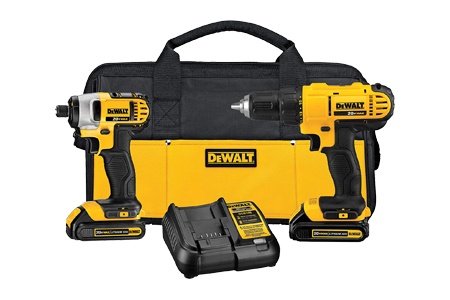
The most basic drills out there, drill drivers are limited to spinning clock and anti-clockwise, with a chuck that closes and opens around the bit.
Some drill drivers even feature a clutch that allows you to mechanically monitor the force needed for the job.
Like hammer drills, drill drivers can be used for metal, wood and plastic and the size of the hole depends on how powerful your drill driver—the bigger the hole, the more the power required.
Hammer drills can be used for driving fasteners into the materials mentioned above, though you may sometimes require a pilot hole to get started.
Straight Air Drills
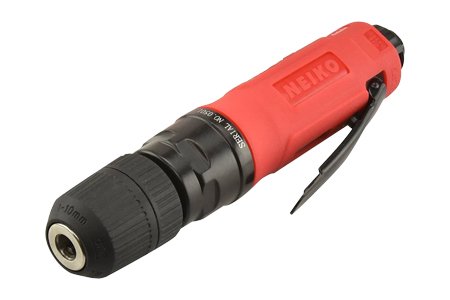
Simple and lightweight, these are handheld drill types and are great for tasks that require you to drill in tight, small spaces that regular drills can’t reach.
Breast Drills
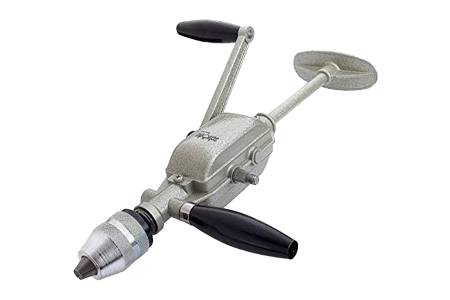
Breast drills get their name from the need for torso action while using them. These hand-powered drills feature a plate that needs to be placed against the chest, on the end.
This is necessary, as your chest or torso is holding the drill in place, while also helping you apply the necessary pressure for drilling.
Though they’re slightly outdated, these drills are not obsolete—they’re very much still made, sold and used.
Hand Drills
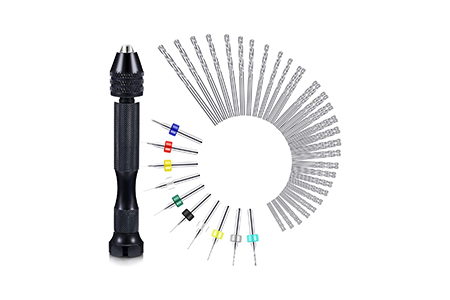
Hand drills are great for quick tasks that don’t require all the setting up and fussing of larger motor-powered types of drills.
Hand powered, like the breast drill, they can drive screws and bore holes in soft metals, plastics and wood.
Impact Drills
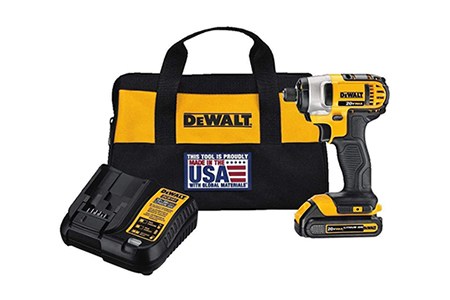
Though many folks don’t consider these drills actual drills, impact drivers are excellent for and very necessary on construction sites, making quick work of screw driving.
These drills, instead of a forward chipping mechanism, feature a rotating hammer-and-anvil mechanism inside.
This mechanism works in a way where the hammer strikes the anvil to result in a humongous turning force, giving you considerably more power than a standard drill.
You can also drill holes with the impact driver, though you may have to change the bit. A solution to this is getting a drill-and-impact-driver combo to avoid spending precious time on changing bits.
You can also get ‘impact ready’ types of drill bits to drill, though the result isn’t as smooth as a traditional drill driver.
Brace Drills
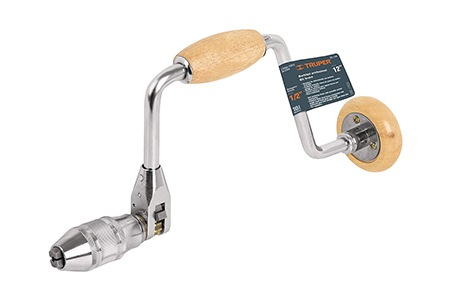
Designed specifically for woodwork, these drill types produce smooth, clean holes thanks to the control over the pressure and speed that they afford the user. The main problem with these is maintaining a straight line without wobbling around.
People like luthiers will swear by them for precision work, I suppose because if you see yourself making a mistake you can stop before the damage becomes worse with a power drill.
Combination Hammers
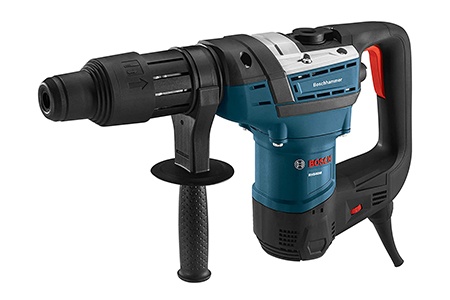
Also known as rotary hammers, these are bigger, badder and larger than their hammer-drill cousins.
Their powerful chipping and hammering mechanism allows far greater power than hammer types of drills and they typically feature two modes—hammering with rotation and chipping.
Great with metal and wood, the combination hammer is similar to a jackhammer while working, chipping away with its bit.
The hammering with rotation lets you easily drill holes through concrete, stone, asphalt, and bricks, up to two inches.
D-Handle Drills
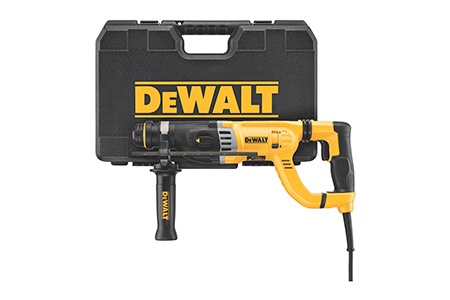
These rotary hammer drills have a unique D-shaped handle—hence, the name. These are great for heavy-duty drilling thanks to the handle, letting you control them easily for quick results with lesser effort.
Earth Augers
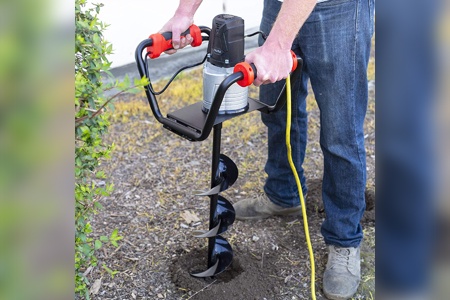
Also known as ground augers, these powerful drills use gas or AC for power and are good for drilling only. The wide bit quickly and powerfully bores through the ground and are great on ice, too.
Pneumatic Drills
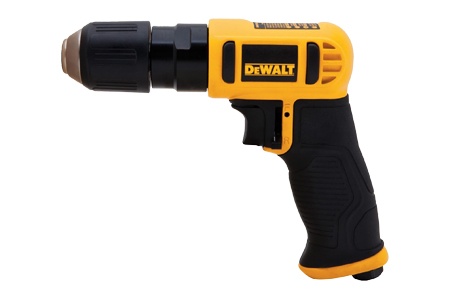
Air drills, as they are also known, use power from an air compressor for force and stability. This results in excellent power while using it, but this much power is only called for in commercial settings, which is why air drills aren’t a common sight.
Reversible Drills
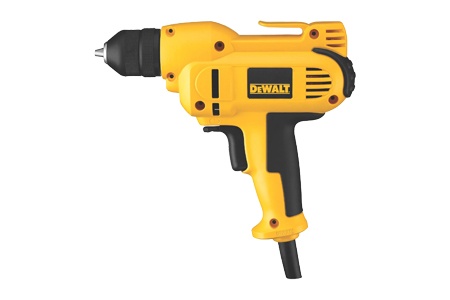
As the name suggests, reversible drill types can switch their rotating direction, with a simple slide or push of a button. This is helpful if the bit becomes a bit jammed and stuck, which can happen if the material is dense or your battery becomes weak.
These are great for removing fasteners and screws, though the results are less precise than non-reversible models. Most drills have the ability to be reversed, so don't think this is some magical feature only available in these drills.
Cordless & Corded Drills
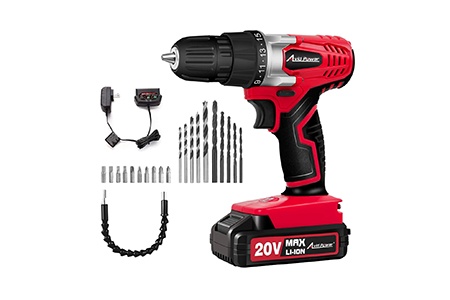
Drills are differentiated as corded and cordless based on whether they need a wire connection to an outlet or not. The latter uses a battery for power and is typically less powerful than a corded drill.
Cordless types of drills can be inconvenient because of the long wires and need for an outlet and corded drills can run out of power quickly, so which one you use depends on your preference and the nature of the task.
Drywall Screwdrivers
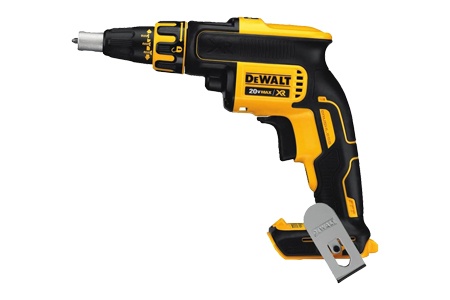
Also called drywall screw guns, these are not really drills in the traditional sense, but are great for fastening and driving (which they’re designed for).
They spin at really high speeds to quickly set screws and sometimes, feature a lock and a grip behind the motor for a faster rate of completing work.
Similar to standard grip drills, the professional drywall screw guns have collated magazines that let you automatically feed screws for quicker work. As the name suggests, drywall screw guns are good for installing all types of drywall sheets.
Floor Drill Press
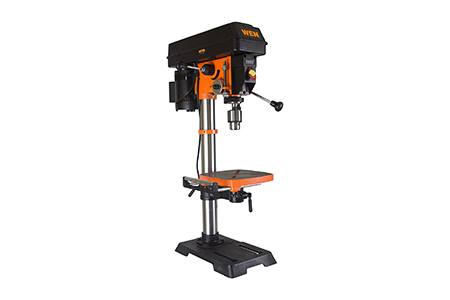
Also known as pillar drills, these drills are commonly used in workshops and can be added to sanding drums (making them one of the types of sanders) and other accessories, making them a very versatile drill to have around.
These drills, while larger than benchtop drills, are more portable in nature. In these drills, a pillar goes from the base to the press, earning it the name ‘pillar drill’.
These types of drills, in their floor standing versions, give you better power and stability and can be used for boring holes through wood, metal, plastic and other materials. They let you swap bits, clamp materials for extra precise work, and adjust many features to get the perfect result.
Push Drills
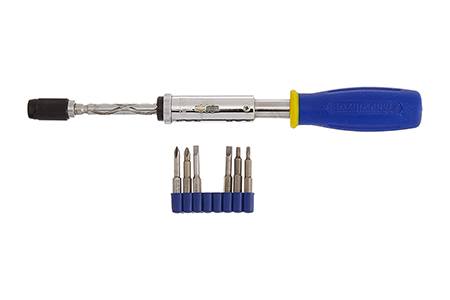
Another one of the hand-powered drills, push drills are great for precise results, especially in woodwork.
Where a hammer or impact drill may damage the project and be too powerful or bulky for fine results, push drills get the job done.
Benchtop Drill Press
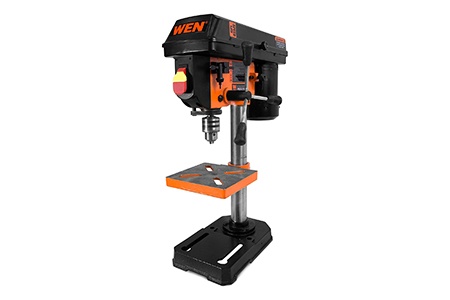
Also known as a portable drill press or a bench drill, benchtop drill presses are generally mounted to workbenches.
A smaller version of floor drill presses, these are very common sights in workshops, owing to the ability of swapping out drill bits for other accessories or hole saws.
Due to the extreme power these drill types have, they are recommended only for commercial use by experienced workers.
Beam Drills
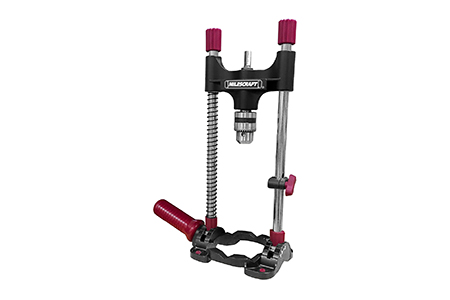
Beam drills are used to make holes in beams, as the name suggests. These are commonly used in construction sites.
These types of drills have a convenient central open spot that lets you view the area for cutting. Once you have the bit set and aligned, you can corkscrew it into the wood.
Manual Drills
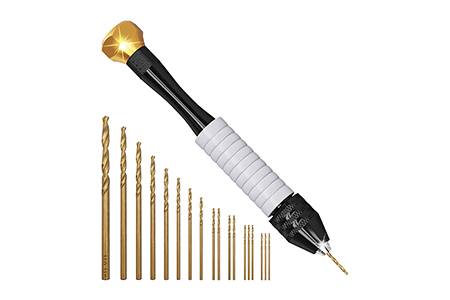
Last but in no way the least is the humble manual drill. These include:
- Screwdrivers
- Eggbeater hand drills
- Brace drills
- Breast drills
- Crank drills
- Gimlets
- Push drills
- and even Bow drills
Manual or powered, these are great for small, fragile fasteners and other quick tasks that don’t require the power of a larger drill.
This means you also have less power available than a standard drill. While they can drill small holes, you may want to consider other options for the task instead.
The truth is some hand-craftsmen romanticize these because they're supposedly able to get more accurate and delicate results, but nothing a drill press couldn't do better and safer.
Types of Drills for Every Project
Drills have vastly evolved over the ages and there are now different types of drills for every need. The next time you have to drill a hole, you now know the array of options at your disposal.



